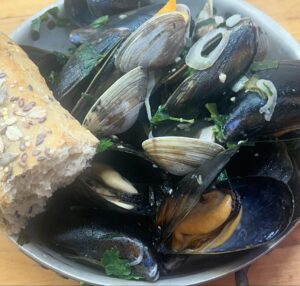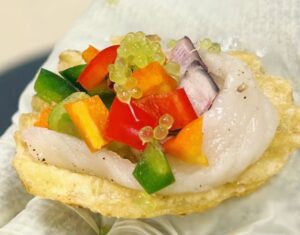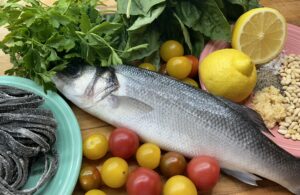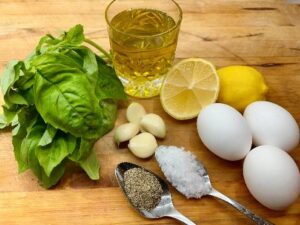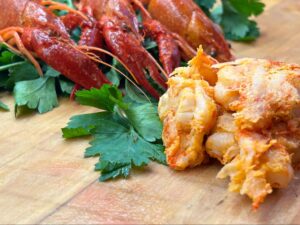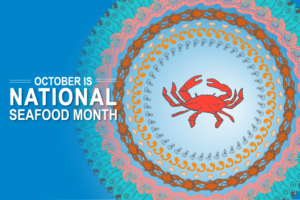By Mark Tagal, Senior Aquaculturist
Have you ever walked into a body of water and stepped barefoot into something slippery and a little sticky? Have you ever seen the high tide mark where the waters had risen and deposited its passengers before receeding. More times than not, this is kelp or seaweed that has broken free from its home below the waves. If this has happened to you, then you have already had a first hand introduction to kelp. But here is some interesting information about kelp that you might not have known…
Kelp is a critical component in the lifecycle of all the creatures of the Salish Sea. It’s role can be variable depending on the season. Kelp starts out its life cycle by anchoring itself to surfaces on the ocean floor using a root-like structure called a holdfast. The spider web-like anchor of kelp is different from a root system in that the holdfast does not absorb any nutrients whatsoever and only serves to anchor the sea plants to the substrate.
As wintertime comes it brings storms and rough water to the Salish Sea.
Any of the larger kelp that spent the growing season attached to the ocean floor, will then break free from their anchors and spend the cooler months adrift. As they float away, thus begins a new chapter for the kelp.

A young Copper Rockfish raised by Mark Tagal at the now closed NOAA Mukilteo field station. This fish spent it’s planktonic stages in a larval culture tank as part of a Rockfish breeding program, and when it was time to settle this mini algae forest was provided for him. In the wild, young Rockfish will often find free floating kelp mats to use as a mobile nursery, moving with the currents.
Like all plants, kelp uses photosynthesis to convert sunlight and carbon dioxide into sugar glucose. Kelp also absorbs dissolved nitrogen and phosphorus. Two compounds if left unchecked that can become dangerous to animals.
When a large cluster of Kelp develops it can turn into a kelp forest. In this formation, the kelp can provide a habitat for many marine animals. It gives mothers a place to lay their eggs and it gives young fish a place to hide in.

Pipefish eggs, seen in this photo, adhered to kelp in the springtime. This small clump had broken free of it’s forest floor and washed up on the beach at Mukilteo. These eggs hitched a ride and may have traveled a great distance from where they were laid.



